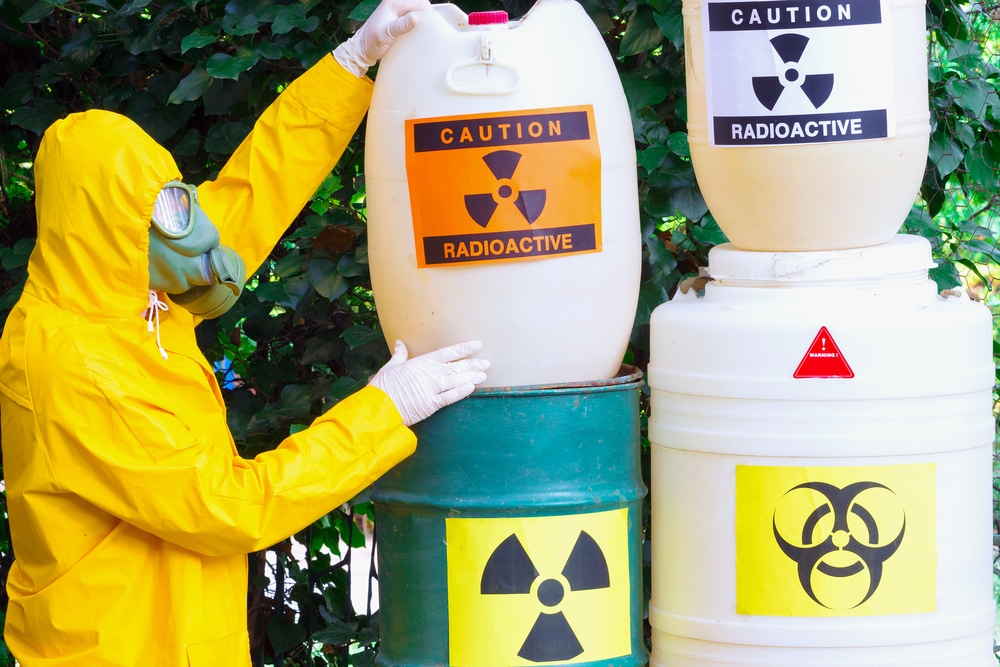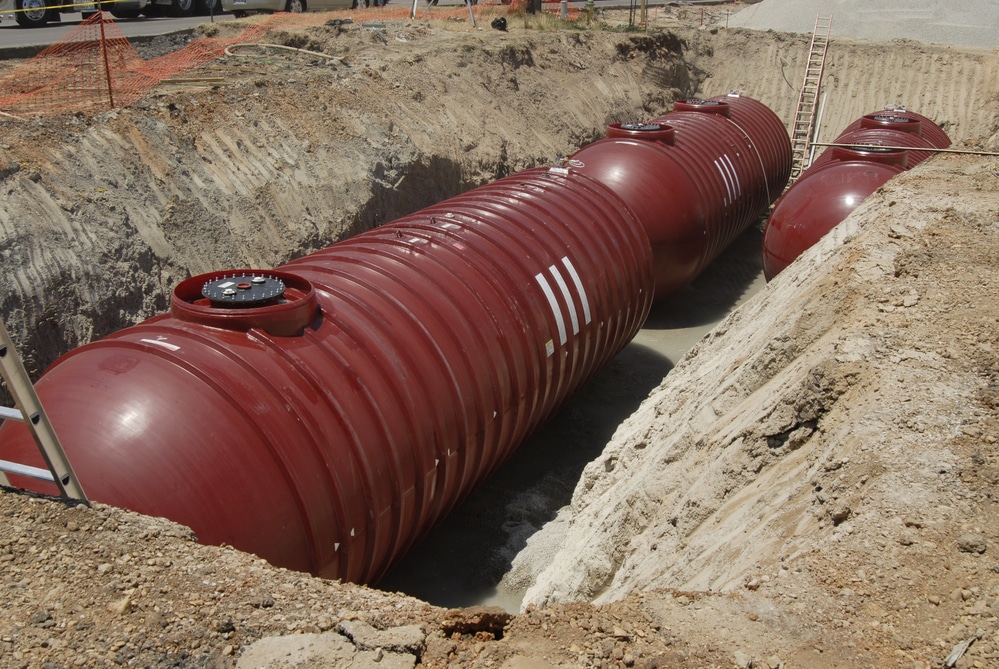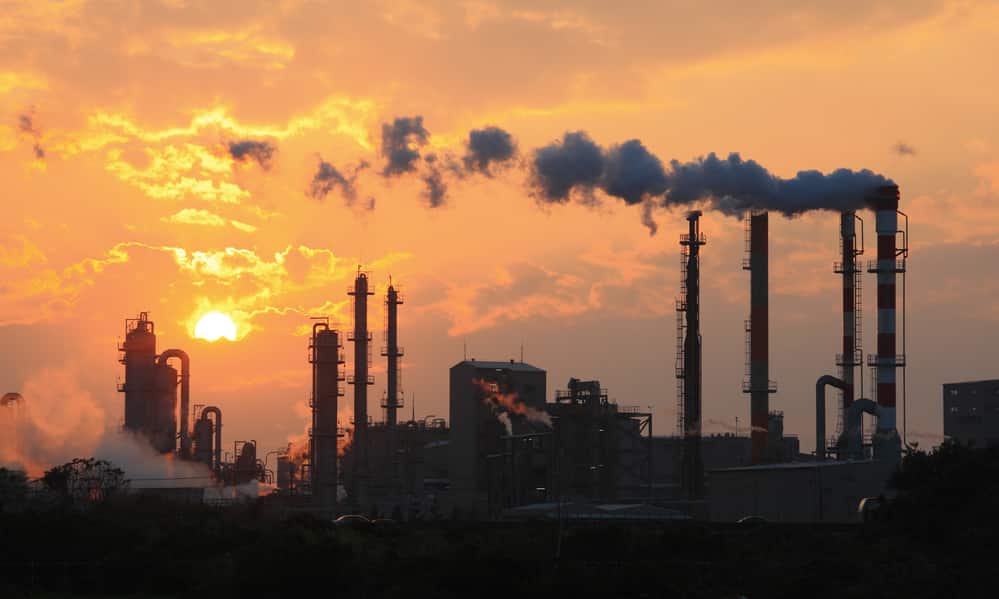No Further Action Status for one of Missouri’s Oldest Petroleum Releases! Back in 1990, Wilson Phillips “Hold On” was at the #1 position on the Rick Dees Top 40, “Cheers” was on everyone’s TV set, Patrick Swayze starred in “Ghost”, and every kid wanted a brand-new Super NES for Christmas. …and at a …
How Soil Vapor Extraction Works
When vapor-forming chemicals seep from the ground, vapor intrusion becomes a problem. In vapor form, these volatile chemicals can easily invade nearby homes and businesses, exposing residents and customers to harmful chemicals with dangerous side effects. Fortunately, environmental experts have honed several methods to eradicate these soil vapors. Soil vapor extraction is one such method. …
How to Get Started with HAZWOPER Training
The Hazardous Waste Operations and Emergency Response Standard (HAZWOPER) is a set of OSHA-enforced standards and regulations that employers must follow to protect the health and safety of workers who may encounter hazardous substances on the job. Employers must provide appropriate HAZWOPER training to workers who are exposed to hazardous materials. If you or your …
Benefits of Chemical Soil Stabilization
By some estimates, there are more than 49 million acres of contaminated soil—i.e., soil containing unsafe levels of heavy metals, manmade chemicals, and other pollutants—across the world. Toxic heavy metals in the soil can have devastating, far-reaching consequences on both human and environmental health, as detailed by the EPA. In the United States alone, there …
Top Causes of Underground Storage Tank Leaks
According to the EPA, there are currently 540,700 active underground storage tanks in the United States. 538,000 of these tanks are used to store petroleum, and 2,700 are used for hazardous substances. Half a million is a big number, but it’s significantly less than 2.1 million – the number of active underground storage tanks that …
What Is an Environmental Impact Statement?
When you think of a company with a significant environmental impact, you might picture a massive operation in the energy or manufacturing sector. However, the truth is that even the smallest project can have a lasting impact on the environment. With that in mind, the U.S. Environmental Protection Agency (EPA) maintains a database of Environmental …
How to Improve Indoor Air Quality
Indoor air quality is a hot topic, especially as workers return to office environments. As the COVID-19 pandemic rages on and cold and flu season approaches, negative indoor air quality can have serious health consequences for workers. Read on to find out how to improve indoor air quality to ensure your team is taken care …
Pollution Prevention Techniques and Resources
Per the Environmental Protection Agency (EPA), preventing pollution isn’t just a lofty corporate value – it’s a responsibility. By actively working to prevent pollution, your company can protect your neighborhood, your community, and the environment as a whole. Pollution prevention is also an excellent way to establish your organization as a good corporate citizen, boosting …
What Is a Risk Management Plan?
According to a survey by The Economist, consumers believe that brands have a responsibility to prioritize environmentally-friendly practices. Unfortunately, many companies still take a reactive, rather than proactive, approach to environmental management. A Risk Management Plan is a crucial step toward a proactive approach – but what is a Risk Management Plan? Read on to find …
An Introduction to the U.S. TSCA Inventory
Most manufacturers, processors, and importers all have one thing in common: the regular handling of chemical substances. That isn’t limited to harmful substances, either; many manufacturers handle a number of nontoxic organic substances on a daily basis. The Toxic Substances Control Act, otherwise known as the TSCA, is one way for the Environmental Protection Agency …













